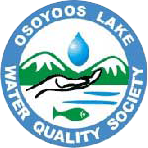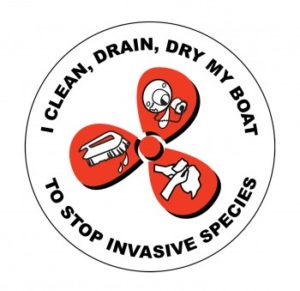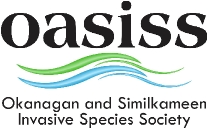Swimmer’s Itch
Swimmer’s Itch. Not as serious as it looks, will disappear after a few days.
A question that is often asked with the advent of summer is ‘what is Swimmer’s Itch?’
Swimmer’s Itch is an itchy red rash that occurs on some people soon after swimming in the lake. It can be found all over the world, from the rice paddies of Japan to the clam beaches of New Jersey. Here are some facts and figures:
What causes Swimmer’s Itch?
It’s caused by small worm-like parasites, called schistosomes (Shiss-toe-soams). They use water snails as their host, and during part of their life cycle they leave the snails and float around near the surface of shallow water, where they come into contact with birds and mammals – and humans. They die almost immediately after burrowing into your skin. It is actually the allergic reaction to these tiny corpses under the skin that causes the itchy rash.
How do I know I’ve got it?
Within minutes to days after swimming, you may experience tingling, burning, or itching of the skin. Small reddish pimples appear within 12 hours. Pimples may develop into small blisters. Itching may last up to a week or more, but will gradually go away.
Is it harmful or infectious?
No to both. But it can be unpleasant and it certainly is very itchy! Children are more prone because their skin is more sensitive, and they tend to play in shallow waters where the larvae is more prevalent.
How do I get rid of it?
Try not to scratch: it could become infected. You can try cooling, anti-itch creams and compresses such as Calamine lotion, baking soda, or oatmeal baths. A pharmacist can give you a nonprescription cream to reduce the redness. For extreme cases, go to your doctor and get a prescription for a special cortisone ointment.
How can I prevent getting it in the first place?
- Avoid swimming for long periods in shallow water.
- Towel off immediately and briskly after leaving the water.
- Don’t feed the ducks or geese because this encourages them to stay on the beaches where their droppings can spread a health issues such as E. coli.
If Swimmer’s Itch occurs at a lake, does that mean the lake is polluted?
No, the opposite is probably true. Natural lake conditions promote the diversity of species, including the birds and snails that are potential hosts for the parasite that cause the itch.
Does it often occur in Osoyoos Lake?
No, there have been few reported cases over the last several years and no ‘outbreaks’ as such. However, we do suggest you keep an eye open for it and take commonsense precautions.






